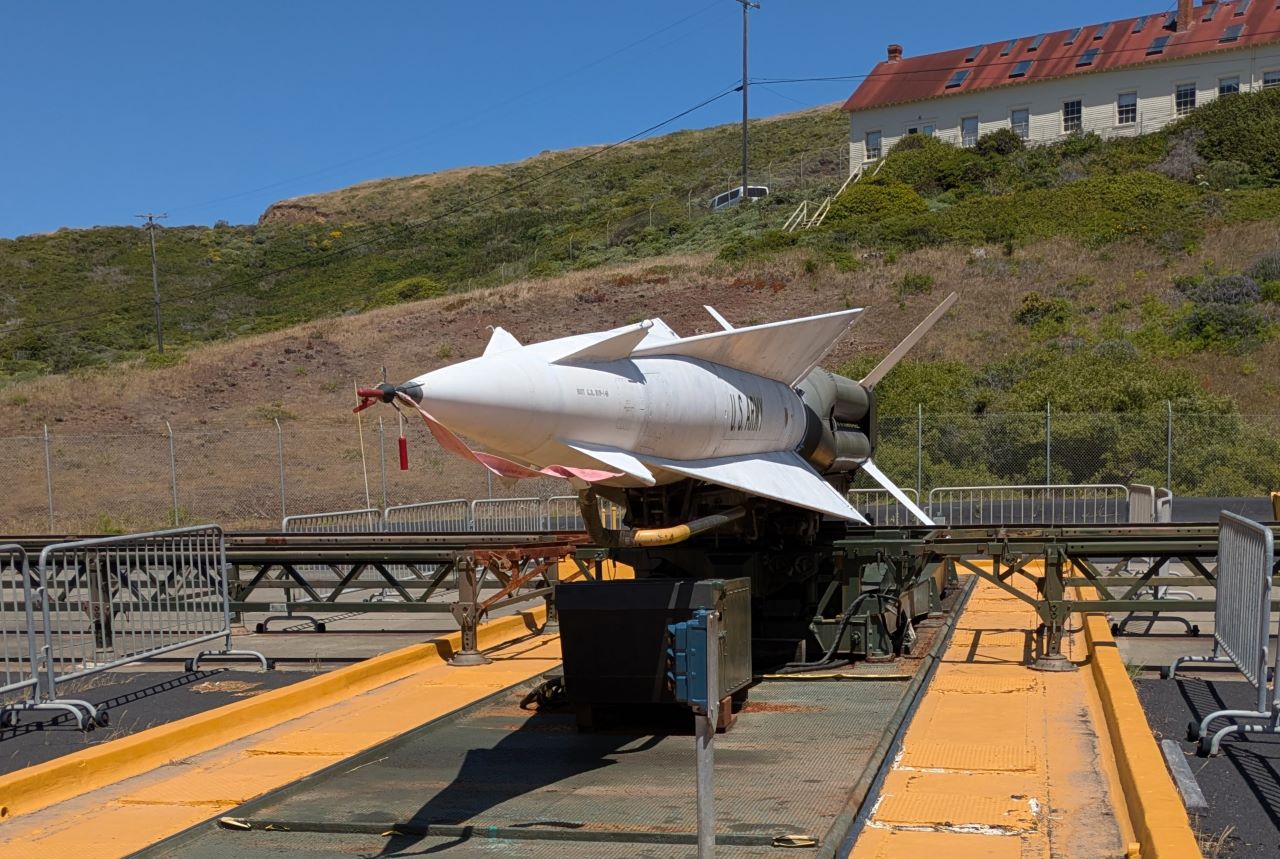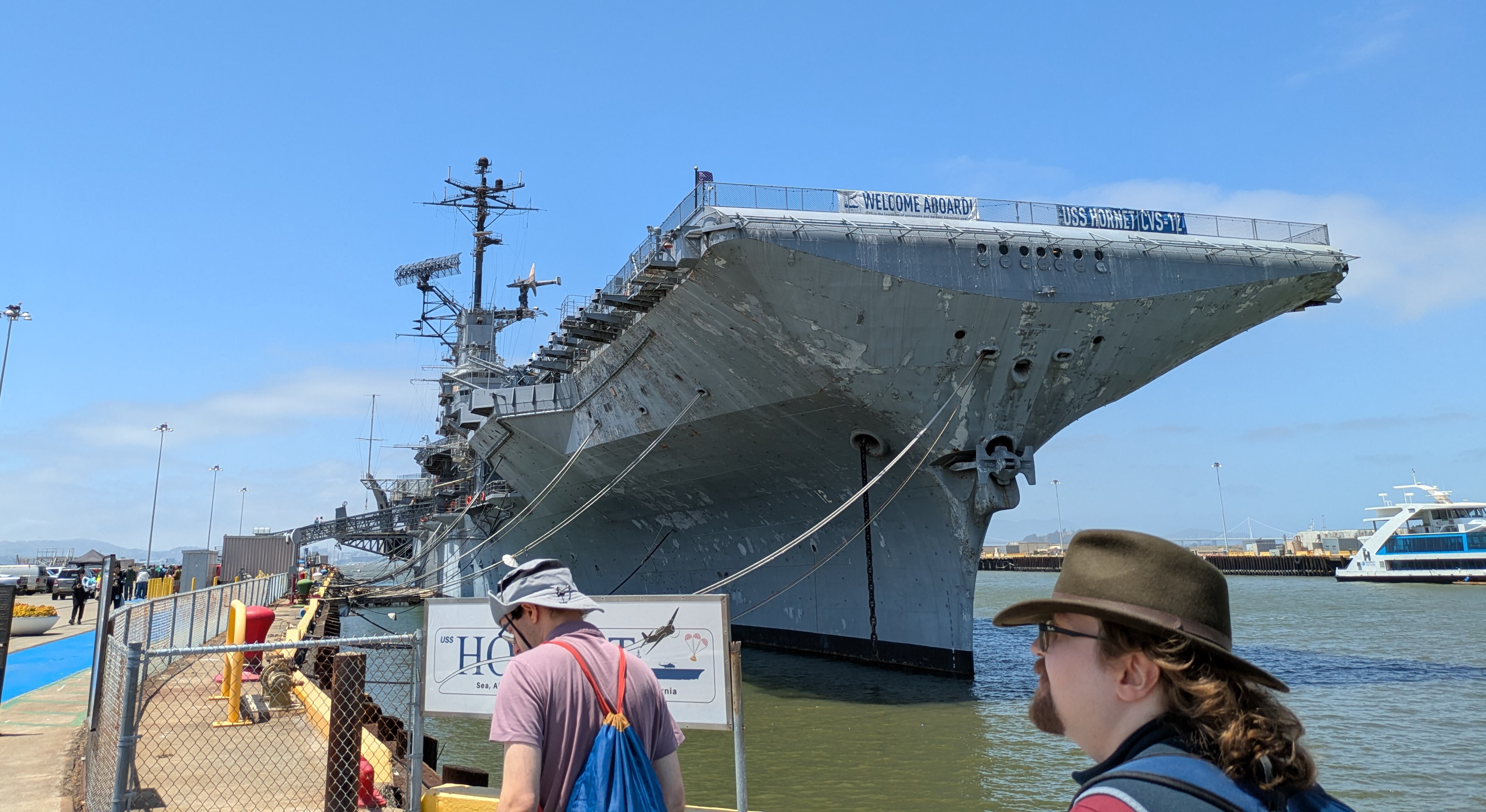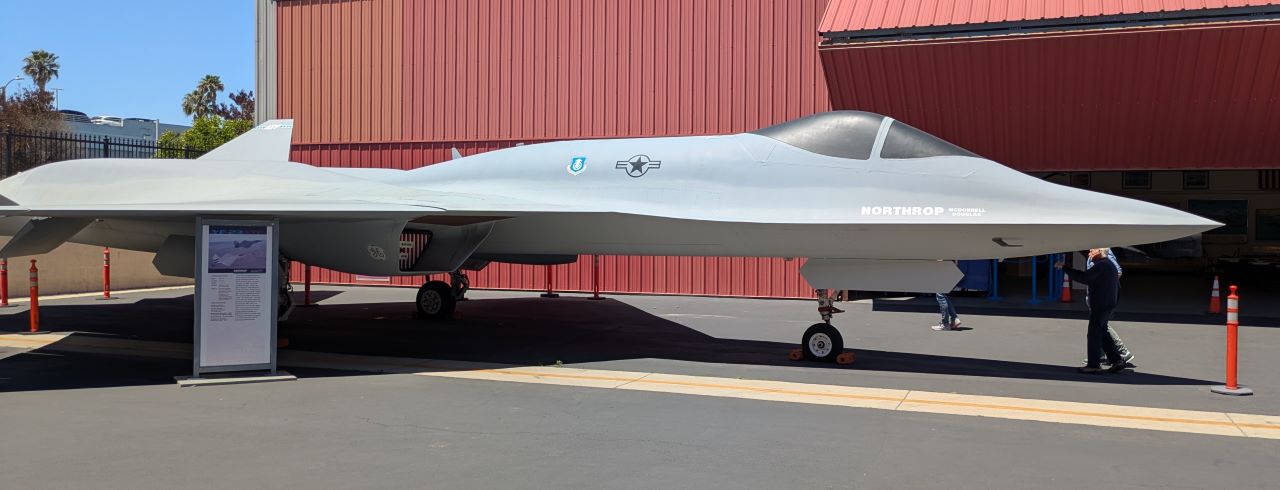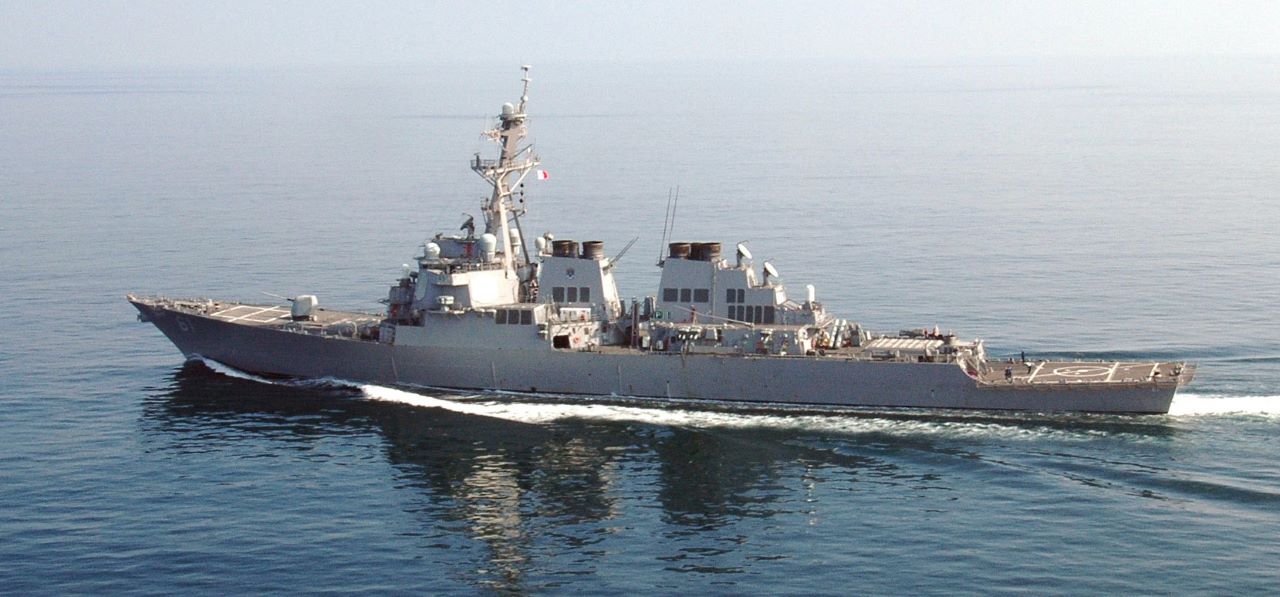In 1979, the Shah of Iran was overthrown, bringing a new government, headed by Ayatollah Khomeini, into power. Khomeini's vision of an Islamic state was very different than what had been there before, and the country was in chaos even before students seized the US embassy and kept its diplomats hostage for 444 days. Saddam Hussein, who had recently seized control of Iran's neighbor Iraq, was irritated by Khomeini's description of him as a "puppet of Satan", coupled with calls for the majority Shia population of Iraq to overthrow the Sunni-dominated government. There was also the question of who should control the Shatt al-Arab, the river formed by the confluence of the Tigris and Euphrates that serves as an important outlet from Iraq to the sea. In 1975, Saddam had signed a treaty drawing the boundary at the center of the river, but in September 1980, he tore that up, reasserting Iraq's traditional claim to the entire river and ordering his forces into an Iran that he expected would be unable to effectively resist due to the tumult of the revolution.

In this, he would be gravely disappointed. Although his forces made reasonable gains early on, Saddam was not a particularly good commander and the war unified the Iranian people behind the new government. By the end of 1980, the Iraqi offensive had ground to a halt, and after staying stalemated through 1981, the Iranian counteroffensive in 1982 drove Iraq back to its start lines, often making use of human wave attacks, massed charges driven by religious fervor that were sometimes used to clear minefields in the fastest and highest-casualty way possible. But there was also enough technical skill left in Iran to conduct operations against the Iraqi Navy and generally make the Iraqi coastline unsafe, slashing oil revenues. After a key pipeline through Syria was closed, the Iraqi war effort was sustained only by loans from Kuwait and Saudi Arabia,1 as well as material and technical support from both sides of the Cold War, neither of which was eager to see Khomeini's version of Islam spread. Read more...








Recent Comments